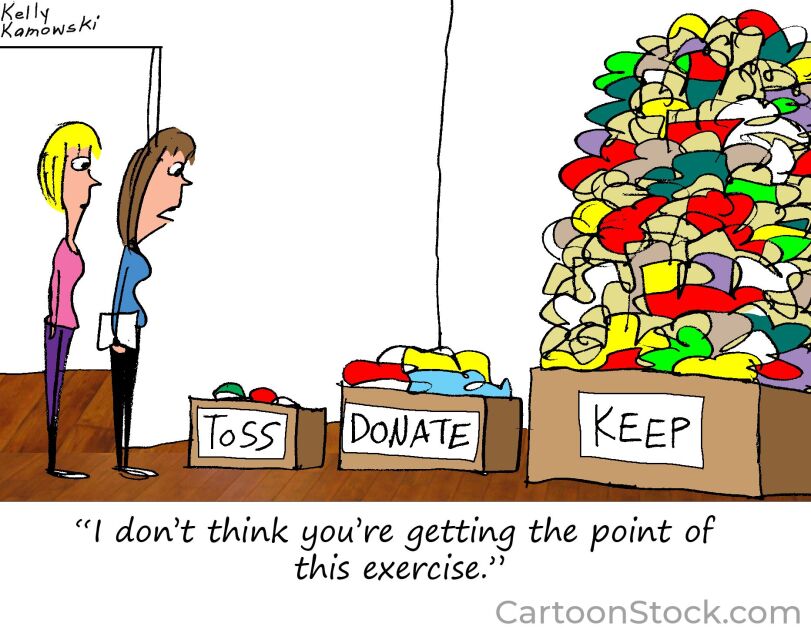As the general public now gets a chance to weigh in on a first draft of common standards in science, the question arises: Who is writing these voluntary standards, anyway?
The short answer? It’s complicated.
Organizers have billed the development of the so-called Next Generation Science Standards as a “state-led” process. And that includes 26 states spanning the continent, from California to Maine, and from South Dakota to Georgia. But that doesn’t tell the whole story.
First, those same organizers—by whom I mean state officials involved, as well as leaders at Achieve, a Washington-based nonprofit managing the process—emphasize that the standards are guided by a conceptual framework developed by the National Research Council. Basically, the NRC appointed an 18-member panel of experts in science and science education to craft that document. In fact, when I asked organizers a few questions related to the handling of some scientific topics in the draft (especially evolution and climate change), I was told that the standards draw on and defer to the consensus of that panel.
To give you a flavor of the membership of the NRC panel, here’s a sampling:
• Helen Quinn: chair of the panel and professor emeritus of physics at the Stanford Linear Accelerator Center at Stanford University;
• Wyatt Anderson: professor of genetics at the University of Georgia, Athens;
• Philip Bell: associate professor of the learning sciences, University of Washington, Seattle;
• John Mather: senior astrophysicist at the NASA Goddard Space Flight Center;
• Rebecca Richards-Kortum: professor of bioengineering, Rice University.
One additional member I’ll highlight here is Stephen Pruitt, a former official at the Georgia department of education. Why him? Because last year, he was hired by Achieve to manage the standards-development process.
The NRC panel, as you might imagine, consulted dozens of additional experts in science and science education, as well as groups such as the National Science Teachers Association and the American Association for the Advancement of Science. And the framework itself went out for public comment. I’m also told that the standards will be reviewed once again by the NRC panel before being finalized.
The actual line-by-line writing of the standards is being handled by a 41-member team. Who is on that writing team? A lot of K-12 educators, plus science education professors and others. Here are a few of its members:
• Peter McLaren, a science and technology specialist at the Rhode Island department of education and the president of the Council of State Science Supervisors;
• Chris Embry Mohr: a high school science teacher at Olympia High School in rural Stanford, Ill.
• Ramon Lopez, a professor of physics at the University of Texas at Arlington;
• Bob Friend, chief engineer at Boeing Co.'s small-satellite programs;
• Lynn Hommeyer, an elementary science resource teacher at Bruce Monroe Parkview School in the District of Columbia.
Beyond the writing team, additional “partners” in developing the standards are the NSTA and the AAAS.
Another key participant is Achieve, a nonprofit group created in 1996 by governors and business leaders that is managing the process. It’s worth noting that Achieve played a similar role in developing the Common Core State Standards in English/language arts and mathematics. However, I want to emphasize that the development of common science standards is totally separate from that process.
And then, of course, there are the 26 “lead state partners.” Each state has already reviewed and provided detailed feedback on two earlier drafts of the standards. In fact, that feedback is not simply from the state department of education. To participate, each state was required to form a broad-based group to review the standards, including representatives of K-12 education and higher education, as well as of the science and business communities.
Pruitt told me last week that the feedback from states has been taken very seriously, and many changes have been made to the draft document based upon it, even as he said the standards must remain true to the NRC framework.
“It is genuinely state led,” he said of the process.
With the public release of the first draft last week, the broader public will have an opportunity to offer comments on the standards. Once the standards are updated to take into account that feedback, they will be put out once again for a second round of comment.
When the final version of the standards is complete, it’s up to each state to decide whether or not to adopt the science standards. And to be clear, the 26 lead states have not committed to adopt them; they have agreed only to give “serious consideration” to doing so.
So, there you have it. Who is writing the science standards? Suffice to say, there are a lot of fingerprints on them already. And now it’s your chance, Dear Reader, to weigh in.


